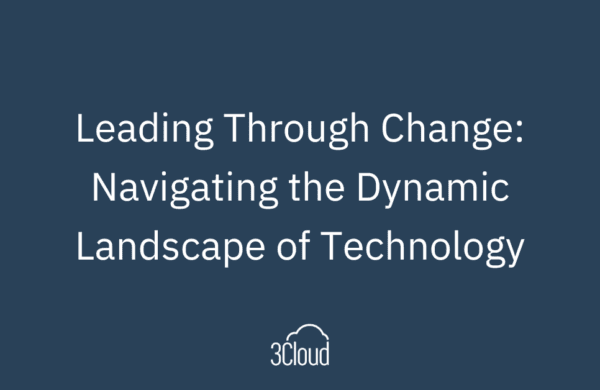A traditional project manager can feel like a salmon swimming upstream in an agile world, fighting against the current to make progress. In many cases, IT specialists are run agile–valuing responsiveness and incremental delivery–while the rest of an organization works a Scientific Management model–focusing on planning and efficiency. Each can only progress so far without the other, while at the same time resisting one another. It’s clear we need a new way to leverage the strengths of a project manager, while also reaping the many benefits of agile.
One Polaris client phrased it beautifully, saying that blending project managers and agile delivery teams is about complementing over competition. Below, I’ll explore how project managers can complement their agile delivery teams by focusing on maximizing value, understanding impact, and facilitating idea experiments.
How We Got Here
The Scrum Guide and Agile Manifesto do not offer much advice for project managers. Combined with agile teams taking ownership of previously-held project manager duties like tracking outputs and breaking down initiatives, this can scare people serving in project management roles. They can wonder where they fit in, or if they will still have a job in an agile world. This fear and tension can lead to dirty yeses, false compliance, or–as mentioned above–outright resistance from both project managers and delivery teams. The good news is, it doesn’t have to be this way.
Why Project Management Has to Change–for 2021 and Beyond
Organizations can no longer ignore that developing software is not akin to developing goods in a factory. In manufacturing, we know what we’re going to build so well and with such certainty that we can build it in bulk. Thus, it makes sense to use an Economies of Scale approach. In contrast, centralizing application development efforts and batching work into phases like analysis, development, and testing does not reduce price per unit or maximize utilization of IT specialists. It does result in lost productivity due to context switching, delayed validation of proposed solutions, and ultimately a whole lot of value sitting on shelves until everything has gone through the identified phases.
For service companies and companies where IT is a critical component of the business, we need to respect that we are living in a Volatile, Uncertain, Complex, and Ambiguous (VUCA) world–one full of known unknowns and unknown unknowns. Technology and the market are ever changing, as are users’ wants and needs. The thing is, we do not know what we do not know; so how can we be sure of what we need to build? How can we commit to an 18-month project with a fixed scope and know it will be the right thing 6 months from now? We can’t, or at least we can’t with much confidence.
This is why there’s a call to shift from a traditional project manager role to more of a Value Maximizer role. I return to the term value throughout this post because we do not use it enough. Instead of managing requirements (outputs), the new project manager should facilitate prioritization and flow to deliver the desired outcome (value) as quickly as possible. They should help the organization increase its understanding of why it does something, how it relates to achieving the organizational vision or objective, and what needs to be accomplished. They also enable smart, creative delivery teams to focus on how things get accomplished.
Project Manager 2.0
In short, the new project manager should adapt an Economies of Flow mindset over Economies of Scale, and shift their focus onto responsiveness and delivering value instead of cost reduction and predictability. By focusing on delivering value and decreasing the end-to-end cycle time of one unit, we can drive waste out of the system and avoid producing, supporting, and decommissioning things end users do not want. The end goal isn’t to complete a project on time, within budget, and with plenty of documentation; it’s to create value for the end user.
From there, these are the biggest behavioral changes that traditional project managers should embrace, in order to complement agile delivery teams and transform their role:
- Shift the mindset from “This has to be done.” to “Should we be doing this at all?”.
A new project manager needs to keep asking the following questions:
- “What value does this initiative create for the organization?”
- “What value does it create for the user?”
- “How do we know?”
- Instead of breaking down requirements, help all parties understand impact.
Be clear and over-communicate about impact–the big systemic change that will help a company realize its vision.
- Embrace ooching.
In Decisive: How to Make Better Choices in Life and Work, Chip and Dan Heath define ooching as the combination of scooping and inching our way to delivering value. It involves breaking things into “small experiments to test one’s hypothesis.” I prefer this word over MVP because MVP is overused and often misused. Plus, ooching is fun to say. Seriously, try it.
Ooching allows us to reduce risk by spending less time planning and more time responding to changes in the market and in our end users’ needs and wants. Small idea experiments help us validate our risk vs. value assessment, instead of waiting until the end to determine projected vs. actual ROI and hours. Experiments serve as leading indicators, allow us to better orient our decisions, and drive waste out of the system.
These insights are drawn from my experience as Polaris’ Lead Agile Guide. If your organization could use some help embracing the ooch or Economies of Flow, get in touch today.




